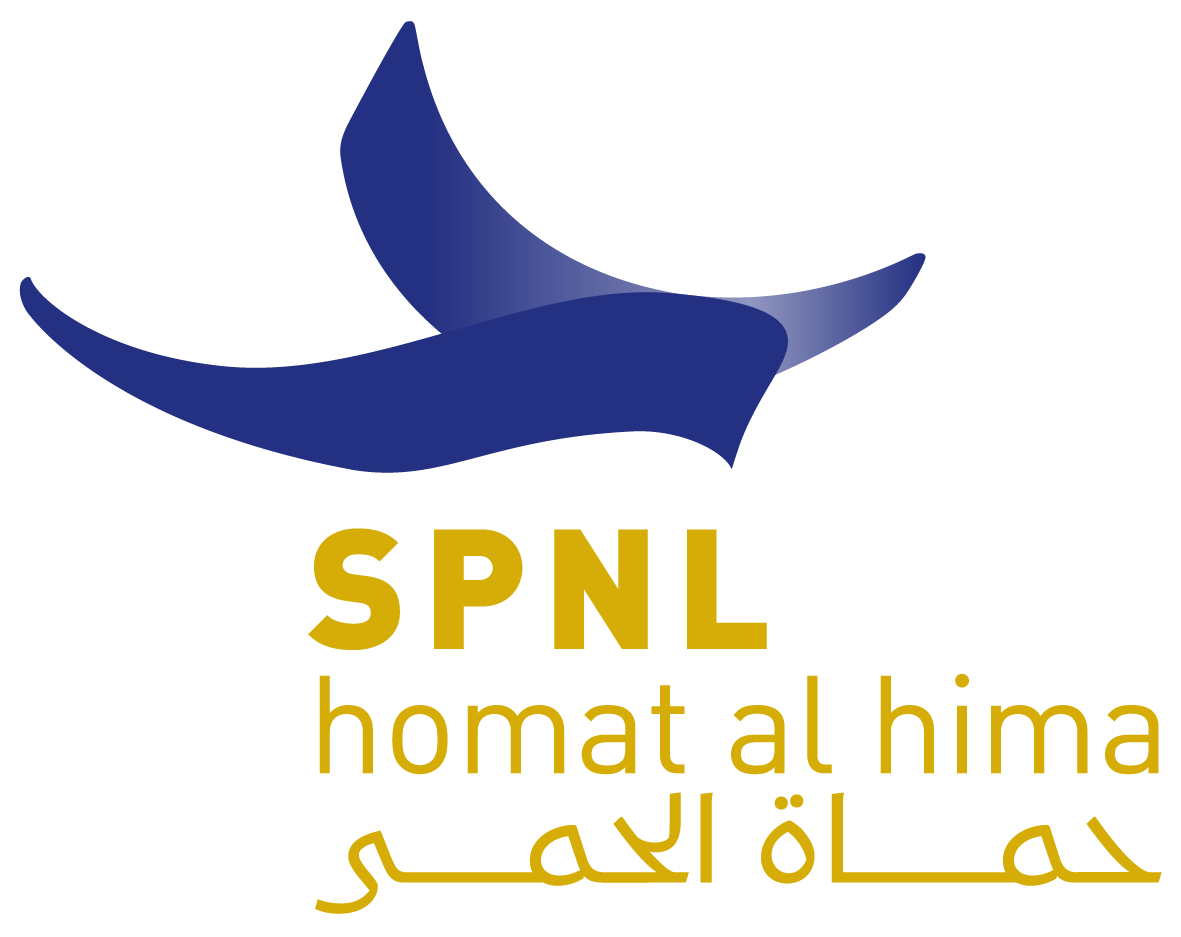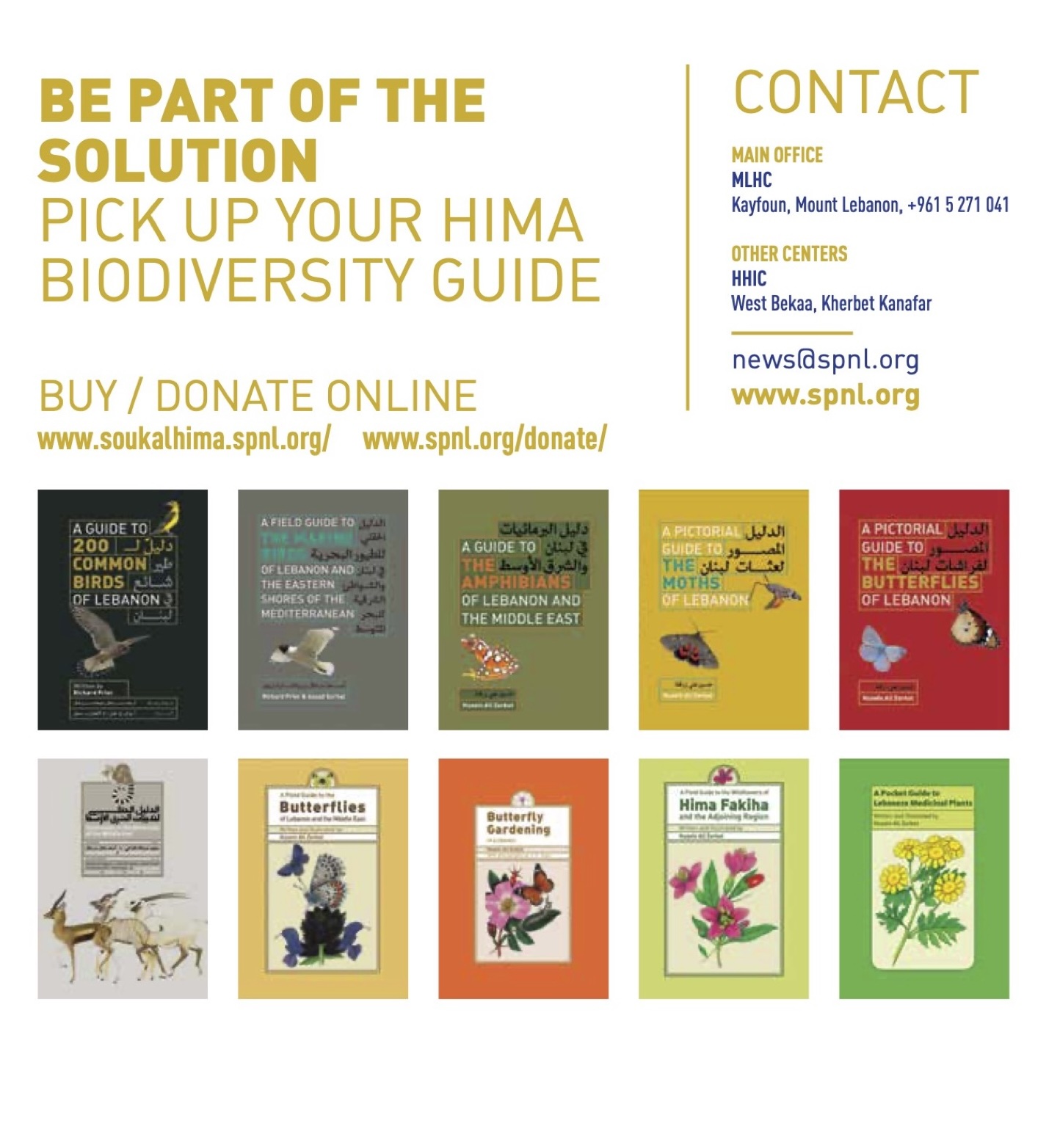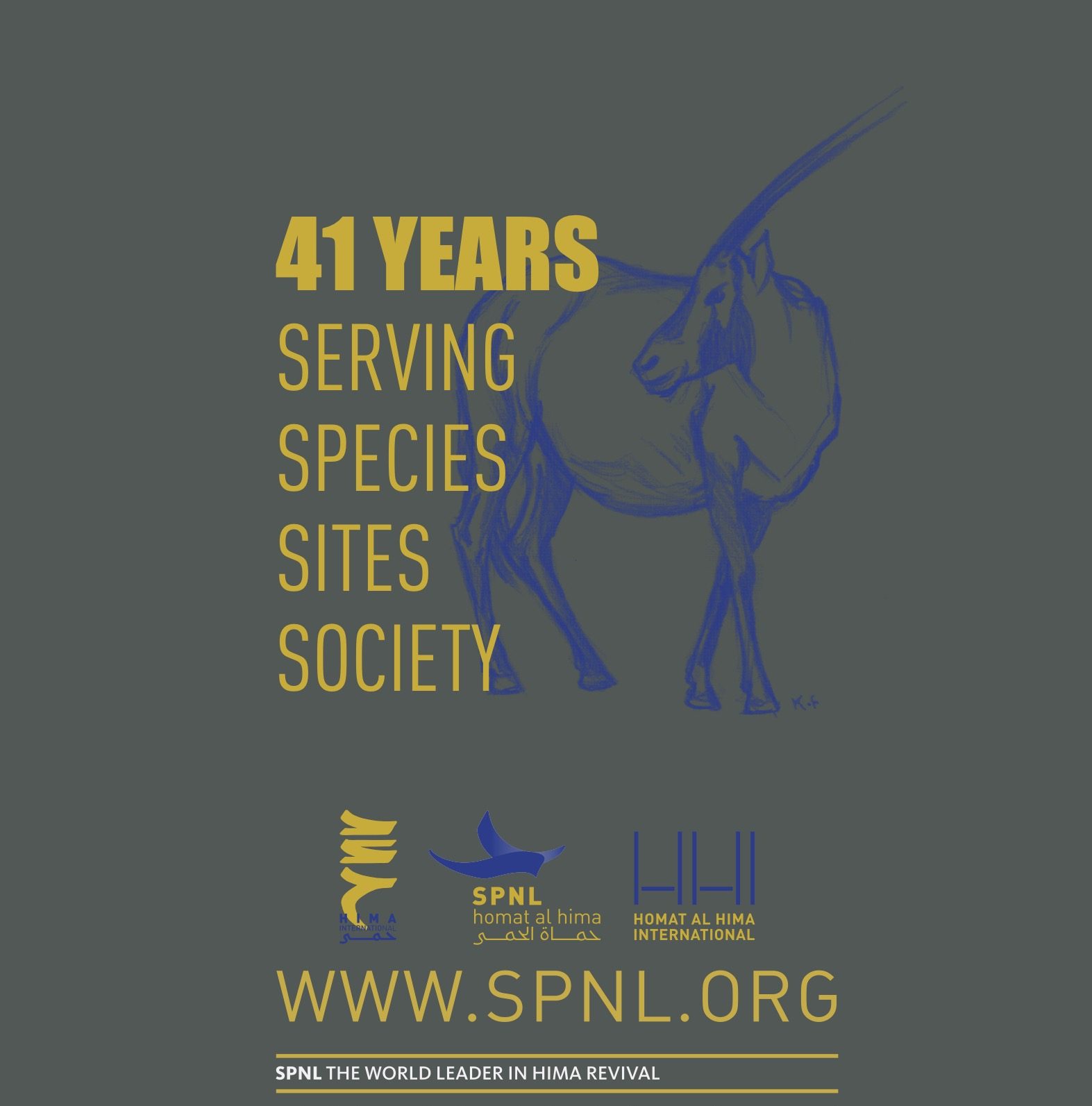Celebrating the Transhumant Shepherds and Nomadic Pastoralists of the Mediterranean
“On the Move” is an exhibition of professional photography (and film) commissioned by the Mediterranean Consortium for Nature and Culture in collaboration with the Society for the Protection of Nature in Lebanon (SPNL)
It celebrates the lives, challenges and ecological knowledge of transhumant shepherds and nomadic pastoralists in the Mediterranean region. From North Africa to the Middle East, from the Iberian Peninsula to Turkey, Greece and the Balkans, the work of 5 professional photographers will be featured in this unique traveling exhibition.
SPNL will collaborate on this project in Lebanon, Syria and Jordan. On the Move will be launched in Geneva (Museum) or Paris (UNESCO) and then travel to Spain, Greece, Turkey, Lebanon and North Africa before returning to Geneva.
Countries
Society for the Protection of Nature in Lebanon (SPNL) welcome contributions from Photographers living in Lebanon, Syria, and Jordan.
Purpose
– To celebrate and assert the great value of the ecological knowledge of transhumant herders and nomadic pastoralists;
– To raise awareness on the importance of these lifestyles for both nature and culture;
– To assist in lobbying for increased recognition and strengthened legislation;
– To raise additional funds for supporting projects that assist transhumant herders and nomadic pastoralists in relation to biodiversity conservation.
Exhibition concept
The exhibition will present a collection of photographs that depict the intertwined relationships between transhumant herders and nomadic pastoralists with their natural environments.
The exhibition will be a display of photography, along with some film, scientific data and findings (in the form of maps, publications, infographic charts, etc.).
The curation will be kept simple, elegant and minimalist – photography will be printed on to high quality photographic paper (in various formats), and hung using bull dog clips from either a strung wire or nails.
The photography should imbibe the Following messages:
“For millennia in the Mediterranean, there has been a highly symbiotic relationship between transhumant herders / nomadic pastoralists and biodiversity.”
“These cultural practices have demonstrated positive effects on biodiversity.”
“Within these communities we find a rich source of traditional ecological knowledge.”
“Transhumant herders and nomadic pastoralists have much to teach us about sustainability.”
“The life-ways of transhumant herders and nomadic pastoralists are threatened today. Biodiversity declines as these types of practices die out.”
“Transhumant herders and nomadic pastoralists feel a deep connection with nature and their life-ways make them feel free.”
Photographers’ Brief
Photographers should capture 20 photographs that celebrate the relationship between transhumant herders / nomadic pastoralists, their animals and their natural environments. Out of these 20, a selection will be printed on high quality photographic paper for display
in the travelling photography exhibition. The remaining photos will be kept as reserves, to be used in additional material such as publications, website and online material, etc.
Transhumance is the movement of livestock in search of water and food. It differs from nomadism in that only the herders who lead the flock participate, leaving their families behind. Animal mythology and symbolism permeate all aspects of this nomadic society and their way of living is in real harmony with nature. As human groups, they are part of the ecosystems they pass through and their way of living embedded in nature, are themselves part of biodiversity.
Content/Subject matter
The 20 images should explore the relationship between nature and culture, more specifically the relationship between this particular group of herders, their animals, and their immediate surroundings. The photos may include (but are not limited to): portraits of herders within the landscape, a family image, herders and animals in the landscape, camps – we require for human/animal movement through nature to be celebrated as much
as possible in all of these photos. We are looking for moods and atmospheres that celebrates ‘closeness/oneness’ with nature, the feelings of freedom that this lifestyle offers, the vastness and richness of the landscapes that these people live and move in, and we expect that the choice of processing chosen by each photographer will further reinforce this. We appreciate
that each photographer will have their unique style, and look forward to experiencing their impressions.
Dimensions
The final dimensions of the printed photographs for the exhibition will be dictated by the photos themselves, therefore we only ask for the final processed, highest quality JPEG files. If the same photo has been processed in more than one way, please show us both and we will choose the one we wish to retain.
Resolution
Please keep in mind that as these photos will be printed (for display in the exhibition but also in publications) we need very high quality processed files.
Colour
We are happy for the photos to be processed as the photographer sees fit, as we trust their capabilities, but would request at least one black and white portrait photo to be included in the mix. The subject content for this photo is left to the photographer.
Captions
We request each photographer (with support from SPNL if necessary) to please provide captions for each photo submitted. They need to be clear and concise descriptions of what the photo represents, but we will also welcome any feelings / thoughts / sayings/ poetry that came to the mind of the photographer when they captured the shot. We also require each photographer to submit a short bio / profile along with links to their professional website and recent works. Captions should be submitted in English and Arabic.
Photography Rights
Mediterranean Consortium for Nature and Culture will subsequently own the rights of the photographs, whereby reserving the right to display these photos in a travelling photography exhibition, in any additional printed and online media, to use for commercial purposes as long as the profits are used to fund further research or are invested in lobbying, and for any other purpose that will be for the benefit of this project and the Mediterranean Consortium for Nature and Culture.
The photographer can use this work for their own personal promotion (while always mentioning the commissioning body, i.e. Mediterranean Consortium for Nature and Culture, but can in no way use this work for commercial gain).
Publicity
We will promote each participating photographer throughout the duration of the exhibition by accompanying each set of relevant photographs with attribution, a short biography, and links to personal and professional websites/contact information. We will also dedicate a post to each photographer on both the Mediterranean Consortium for Nature & Culture and SPNL’s facebook pages, and recommend you to all of our contacts.
In addition, each photographer will have a permanent page (biography, personal/professional website details, and contact information) on the exhibition website which will be set up at the end of the travelling exhibition.
Contact
Shalimar Sinno
ssinno@spnl.org
Society for the Protection of Nature in Lebanon
Web: http://www.spnl.org
Address: Awad Bldg, 6th Floor, Abdel Aziz Street, P.O.Box: 11-5665, Beirut, Lebanon
Tel/Fax: 00961 1 343 740
00961 1 344 814
00961 1 748 309







